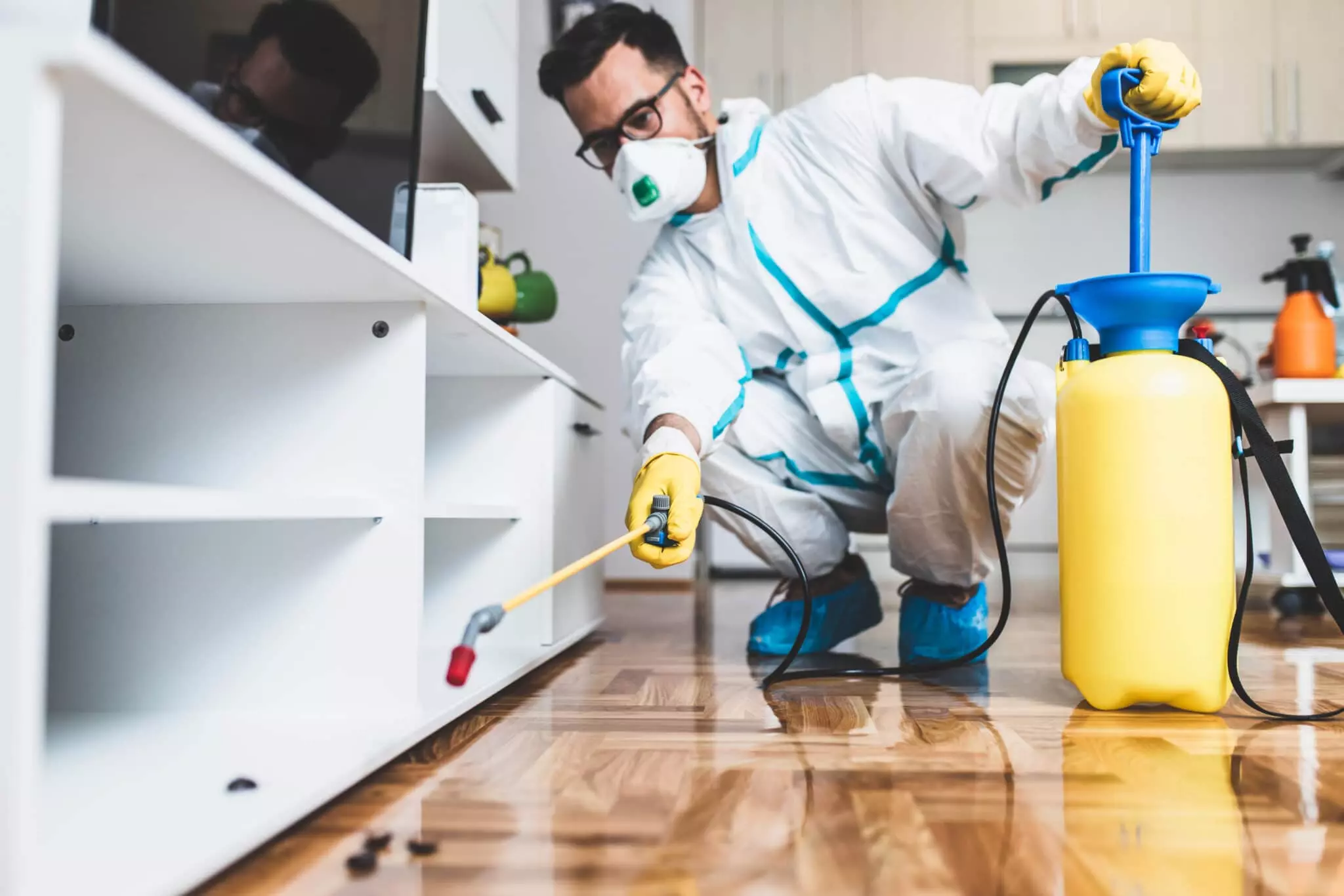Expert A1 Charlotte Bed Bug Exterminator - High Quality Solution Ensured
Bed Bug Therapy Break Down: Comparing Chemical Vs. Non-Chemical Solutions
In the realm of insect control, especially when taking care of the persistent problem of bed insects, the selection between chemical and non-chemical treatment options can be a critical one. Both techniques provide distinct advantages and disadvantages, influencing aspects such as effectiveness, security considerations, and total expense. By checking out the nuanced details of each method, a clearer understanding of which path to pursue in dealing with a bed insect invasion can be attained.
Performance of Chemical Therapies
Chemical treatments for bed bug infestations have been commonly acknowledged for their quick and potent efficiency in getting rid of these pests. When taking into consideration the effectiveness of chemical therapies, it is important to understand that they can supply a quick and thorough option to a bed bug issue.
Additionally, chemical treatments have the advantage of offering recurring results, meaning that they can remain to remove bed pests even after the initial application. This residual action is particularly advantageous in combating any potential re-infestations. Additionally, the quick action of chemical treatments can bring alleviation to individuals dealing with extreme bed bug invasions, permitting them to restore control of their home quickly.
Security Worry About Chemical Solutions
One crucial aspect that needs cautious factor to consider when making use of chemical options for bed insect therapy is guaranteeing the safety and security of passengers and the environment. Direct exposure to specific chemicals utilized in bed pest treatments can lead to respiratory concerns, skin irritability, or other damaging reactions, specifically in individuals with pre-existing conditions or sensitivities.
In addition, the ecological influence of chemical services is an additional significant factor to consider. Some pesticides utilized in bed pest treatments may be hazardous to useful pests, wildlife, and communities if they leach into the soil or water systems. It is vital to utilize chemical therapies deliberately, complying with safety standards, and taking into consideration much less hazardous alternatives to mitigate these risks and ensure the secure and reliable administration of bed bug problems.
Benefits of Non-Chemical Methods
Considering the prospective safety concerns and ecological effect connected with chemical remedies for bed insect treatment, exploring non-chemical methods presents an encouraging option with several distinctive advantages. Non-chemical treatments are ecologically pleasant, as they do not contribute to air or water air pollution, making them a sustainable selection for insect control.
In addition, non-chemical options can be effective in targeting bed bugs, consisting of hard-to-reach locations where chemical treatments may not penetrate - A1 exterminators charlotte nc. Techniques such as warm treatment, vacuuming, heavy steam cleansing, and cushion encasements supply extensive eradication without the use of damaging chemicals.
Limitations of Non-Chemical Treatments

Furthermore, non-chemical therapies frequently call for multiple applications to attain successful eradication. This can be taxing and might not always ensure full elimination of all bed insects and their eggs, specifically in hard-to-reach or hidden areas.
Additionally, the success of non-chemical treatments greatly counts on appropriate execution and thoroughness, which can be challenging for individuals without specialist knowledge. Insufficient application of non-chemical approaches may lead to insufficient eradication, causing persistent problems and the requirement for added treatments.
Consequently, while non-chemical treatments have their benefits, it is vital to recognize these restrictions and consider them when identifying one of the most efficient approach for managing bed insect invasions.
Price Contrast: Chemical Vs. Non-Chemical Options
Provided the constraints connected with non-chemical treatments, an essential aspect to review in the context of bed bug management is the price contrast in between chemical and non-chemical choices. Chemical treatments usually include the application of insecticides by specialists, which can vary from $250 to $900 per space, depending upon the seriousness of the infestation and the size of the location to be treated. On the other hand, non-chemical therapies like heat therapy or vapor can be a lot more pricey, with costs ranging from $1,000 to $6,000 for a whole home. While the first expense of chemical treatments might seem lower, numerous therapies might be needed to totally remove the problem, potentially boosting the general price. On the various other hand, non-chemical alternatives might give article source an extra lasting and green solution, although they can be cost-prohibitive for some individuals. Eventually, when considering the cost of bed insect therapy options, it is necessary to consider the in advance expenses against the effectiveness and lasting sustainability of the chosen approach.
Verdict

Taking into consideration the prospective safety worries and environmental influence associated with chemical options for bed bug treatment, exploring non-chemical methods offers an encouraging option with numerous distinct advantages.Provided the restrictions linked with non-chemical therapies, a necessary aspect to review in the context of bed pest monitoring is the expense contrast between chemical and non-chemical alternatives. In contrast, non-chemical therapies like warmth therapy or vapor can be a lot more costly, with prices ranging from $1,000 to $6,000 for a whole home. While the initial expense of chemical treatments pop over here might seem reduced, multiple treatments may be needed to fully get rid of the infestation, potentially raising the total price.In verdict, when contrasting chemical and non-chemical bed pest therapy options, it is crucial to take into consideration effectiveness, safety, benefits, constraints, and cost.